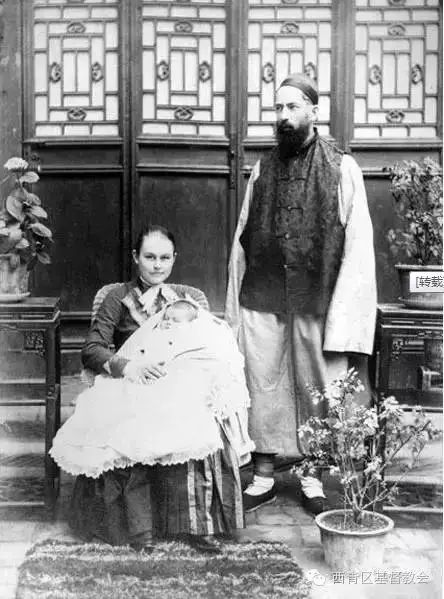
入乡随俗 中式服装的洋人







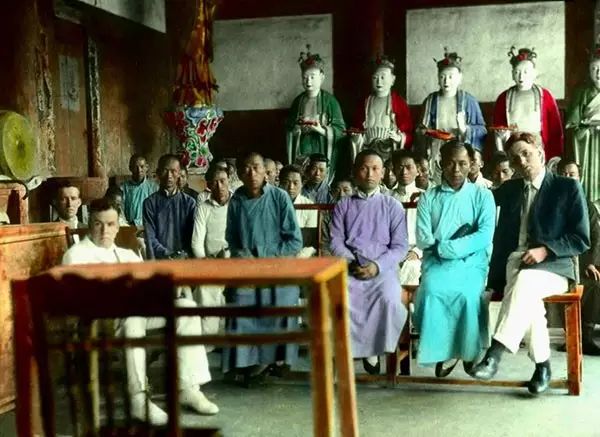

eye exam
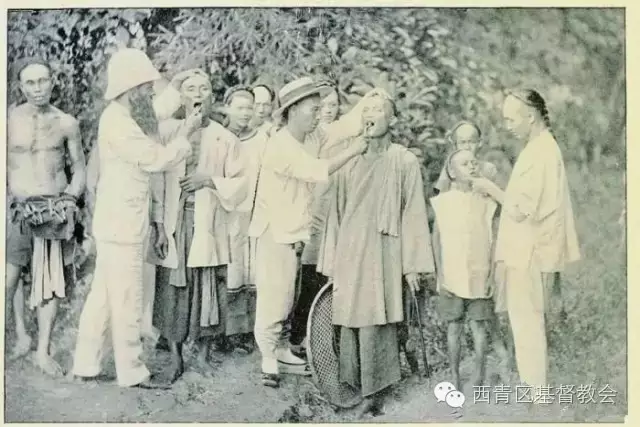
oral - dental exam

杜布森(William Hervie Dobson,1870-1965)毕业于乔治·华盛顿大学和费城综合医院(医学博士),1897年,他作为第一位医疗传教士被美国长老会派往阳江。此后,杜布森一直在阳江从事传教、行医和教学工作,直到20世纪40年代初,在完成自己的使命后才光荣退休。

1919年,河北保定,育婴堂收养的弃儿。甘博/摄。

杭州,用牛拉水。甘博/摄,约拍于1917-1919年之间。

安庆,坐落于迎江寺内的振风塔。甘博/摄,约拍于1917-1919年之间。

河南开封,一对外国夫妻在中國。甘博/摄,约拍于1917-1919年之间。

1917年,湖北宜昌,街头理发摊点。甘博/摄。

杭州,基督教青年会。甘博/摄,约拍于1917-1919年之间。

天津,洋大夫给中国儿童看病。甘博/摄,约拍于1917-1919年之间。

北京,鼓乐班子。甘博/摄,约拍于1917-1919年之间。

北京,雨后泥泞的胡同。甘博/摄,约拍于1917-1919年之间。

天津,一位姓周的先生。甘博/摄,约拍于1917-1919年之间。

北京,幼儿园里的孩子。甘博/摄,约拍于1917-1919年之间。

湖北宜昌,货船靠岸。甘博/摄,约拍于1917-1919年之间。

1919年,杭州,现场表演做鼓。甘博/摄。

天津,东马路青年会门前等待新人的马拉轿车。甘博/摄,约拍于1917-1919年之间。

北京,语言学校的考试。甘博/摄,约拍于1917-1919年之间。

盲人。甘博/摄,约拍于1917-1919年之间。

老外研究强国要诀。甘博/摄,约拍于1917-1919年之间。

老年妇女乞丐,怀里还揣着一个孩子。甘博/摄,约拍于1917-1919年之间。

天津,马车。甘博/摄,约拍于1917-1919年之间。

杭州,雷峰塔,1924年倒塌。甘博/摄,约拍于1917-1919年之间。

北京颐和园昆明湖长堤上的玉带桥。甘博/摄,约拍于1917-1919年之间。

北京,丧葬品纸马车。甘博/摄,约拍于1917-1919年之间。

北京,观火台。甘博/摄,约拍于1917-1919年之间。
http://bbs.wenxuecity.com/memory/1092108.html


Sidney D. Gamble in China, 1908-1932
Photographs from the David M. Rubenstein Rare Book & Manuscript Library
Curated by faculty, library staff and Duke students, this exhibition highlights sociologist Sidney D. Gamble as a photographer and provides an intimate view of China in the early years of the twentieth century. A companion documentary film will also be on view, created for this exhibit by Christopher Thomas, a graduate student in Duke’s MFA Program in Experimental and Documentary Arts.
Sidney D. Gamble (July 12, 1890 – 1968) was born in Cincinnati, Ohio, to David Berry and Mary Huggins Gamble; grandson of James Gamble, who, with William Procter, founded Procter & Gamble in 1837. in 1912 he graduated magna cum laude from Princeton University with a Bachelor of Literature degree and was elected to Phi Beta Kappa. He visited China for four extended periods, 1908, 1917–1919, 1924–27, and 1931–1932, doing Christian social work for the Y.M.C.A and conducting social surveys. He is now best known for his remarkable and extensive photographs of Peking and North China.[1]
Social survey and photography in China[edit]
Gamble first toured in 1908 accompanying his parents, then after graduating from Princeton in 1912, studied labor and industrial economics at University of California, Berkeley, spending six months on a fellowship working at a reform school for delinquent boys. At this time, he built the house which became known as the Sidney D. Gamble House.[3]
In 1917, he joined the work of Princeton-in-Peking and the Peking YMCA where his Princeton friend John Stewart Burgessinvited him to do the surveys which resulted in Peking: A Social Survey, which included more than fifty photographs. In 1919 Gamble was on hand to capture dramatic photographs of the May Fourth student demonstrations. The motto of the May Fourth Movement, "To save China through science and democracy," and the missionary ideal of "Saving China through Christianity" for a time seemed to be united.[4] When he returned with his bride, Elizabeth Lowe, to China in 1924, he used his family resources to hire a team of Chinese researchers to survey 283 families. The book was published in 1933 as How Chinese Families Live in Peiping (as Peking was then called). In 1926, Gamble traveled for three weeks in the Soviet Union with Sherwood Eddy, a longtime mentor.
As China became more and more inflamed by patriotic agitation and warlord fighting, he found hope in the Ting Hsien Experiment in Rural Reconstruction conducted by James Yen’s Mass Education Movement. In 1931-32 Gamble traveled to China for the fourth and final time to organize the surveys which he used for three more detailed volumes, Ting Hsien: A North China Rural Community (1954) and North China Villages (1963). Chinese Village Plays, published in 1970, after his death, give translations based on unique transcriptions of now lost village yang ko plays, which differ from the later dances.
Jonathan Spence concludes of Gamble that his "findings were open-minded, clear headed, methodologically intelligent (though not always beyond criticism by scholars of different views), startlingly imaginative, and -- when presented in photographic form -- vigorous, ebullient, unsentimental, and starkly, yet never cruelly, illustrative of the deep and real suffering that lay at the heart of China's long revolution." [5]
Later career[edit]
After his return to the United States, was elected member of the National Council of the YMCA, became Treasurer, Vice Chairman, Chairman, and President Emeritus of Church World Service; Chairman of the Executive Committee of the Josiah Macy, Jr. Foundation; President and Honorary Chairman of Princeton-in-Asia.[6]
(Sidney·David·Gamble,1890年-1968年)
西德尼·戴维·甘博(1890-1968)是美国社会经济学家,人道主义者和摄影家,中国城镇和乡村社会经济问题的调查和研究的终身致力者。
1908年-1932年间,甘博四次来到中国进行城镇和乡村调查,拍摄城市和农村生活,他的足迹遍布华北、华东、西南等地区。
1968年,甘博在纽约去世。但甘博的部分相片一直未被发现,1984年,他的后人在一个鞋盒内发现它们。1989年,这些相片首次在北美19个城市及中国内地13个城市巡回展出,引起巨大轰动。
西德尼·戴维·甘博
 甘博-拍摄地:南京,拍摄时间:1917-1919
甘博-拍摄地:南京,拍摄时间:1917-1919
出生于俄亥俄州辛辛那提市,是
宝洁公司(Proctor & Gamble, P&G)创始人之一詹姆斯·甘博(James Gamble)的孙子,甘博先生毕业于美国
普林斯顿大学, 第一次到中国是十八岁,刚刚高中毕业的甘博是随家人以旅游形式来华,这次旅行使他和中国结下了毕生不解之缘,他对伟大的东方文化深深着迷,为她的贫穷而震惊,对她勤劳好客的人民留下深刻的印象。
在读完大学并获得社会经济学硕士学位之后,甘博一而再,再而三地来到中国。
从1917—1919年、
1924年—1927年以及
1931年—1932年,
甘博作为一名志愿者,先后任北京基督教青年会和中国平民教育运动的社会调查干事,并就职燕京大学基金会。 他通过问卷调查、实地访问、拍摄照片及影片,对现代人类学来说,当时所采的研究方式已非常先进。甘博共出版了五本有关北京及中国其它地区社会面貌的着述,但至今未有中文版面世。甘博拍摄的照片是以同情的角度来研究及了解当时的中国,他认为许多贫穷的中国人在困苦的生活环境中,却用过于平和的心态去忍耐,但甘博认为这种贫困的程度是很不合理的,希望通过社会调查及评究,从而探求帮助的手法,而甘博也协助当时在中国的青年会进行义务及慈善工作。 甘博的部分相片一直未被发现,直至一九八四年他的后人在一个鞋盒内发现了,然后呈交给博物馆的汉学家,才如获至宝。到了一九八九年,这批相片首次在北美十九个城市及中国内地十三个城市巡回展出。1968年,甘博在纽约去世。他的学术著作和摄影作品表现他严谨的科学态度、敏锐的历史眼光、 深厚的艺术修养以及对异国民族善良、友好的品格。

1914年耶鲁大学校友会与湖南育群学会在长沙联合创建了湘雅医学院

协和医学院和医院
北京协和医科大学最早由美国、英国传教士和洛克菲勒基金会于1906年开始资建,至今它仍然是中国最好的医学院之一

燕京大学旧貌
燕京大学是20世纪初由四所美国及英国基督教教会联合于北京开办的大学,为中国当时教学质量最高、校园环境优秀的大学之一,也被认为是中国教会学校之首,美国哈佛大学的哈佛燕京学社即以此校为名。1952年,燕京大学被拆分,校园成为北京大学新校址

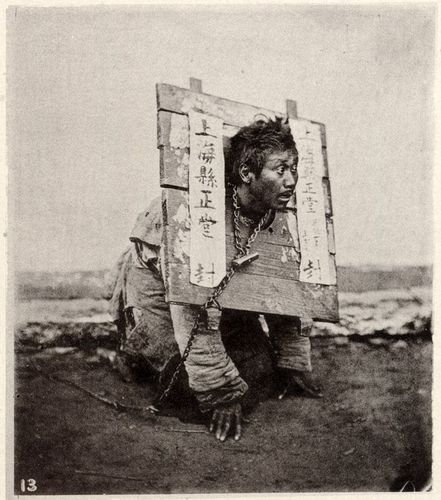


1973


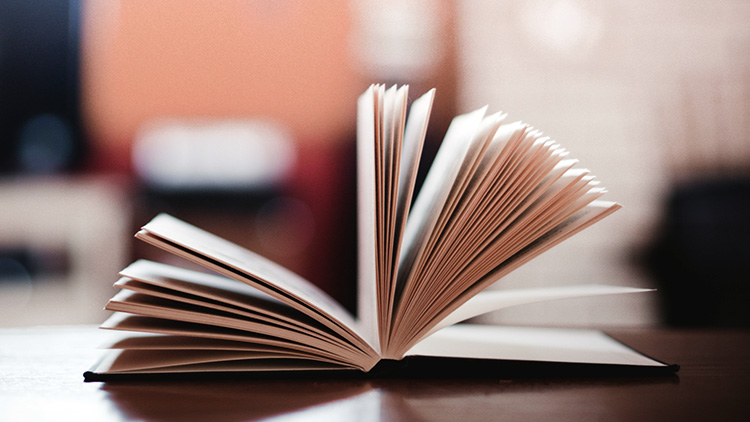
refugees in tianjin
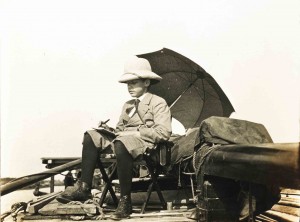
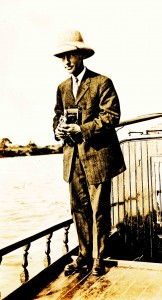
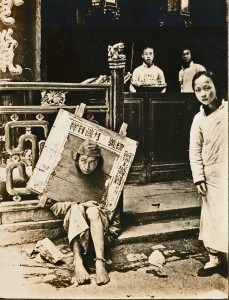

http://dona-rodrigue.eklablog.fr/la-chine-1917-1919-par-le-photographe-sidney-david-gamble-a127019420
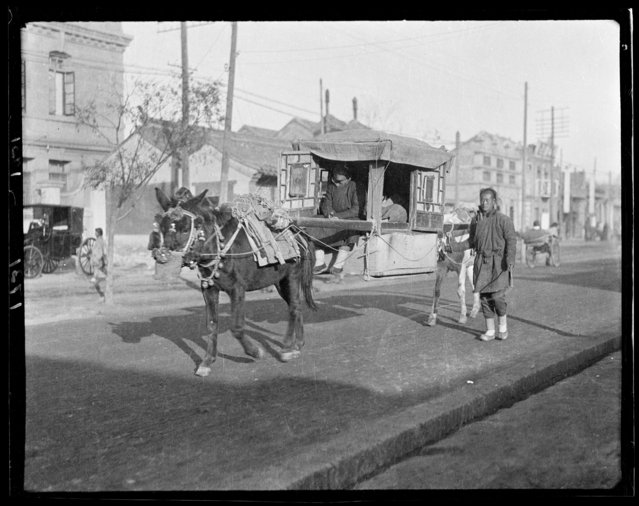
Mule Litter. China, Beijing, 1917-1919.

Wedding Carriages. China, Beijing, 1917-1919.
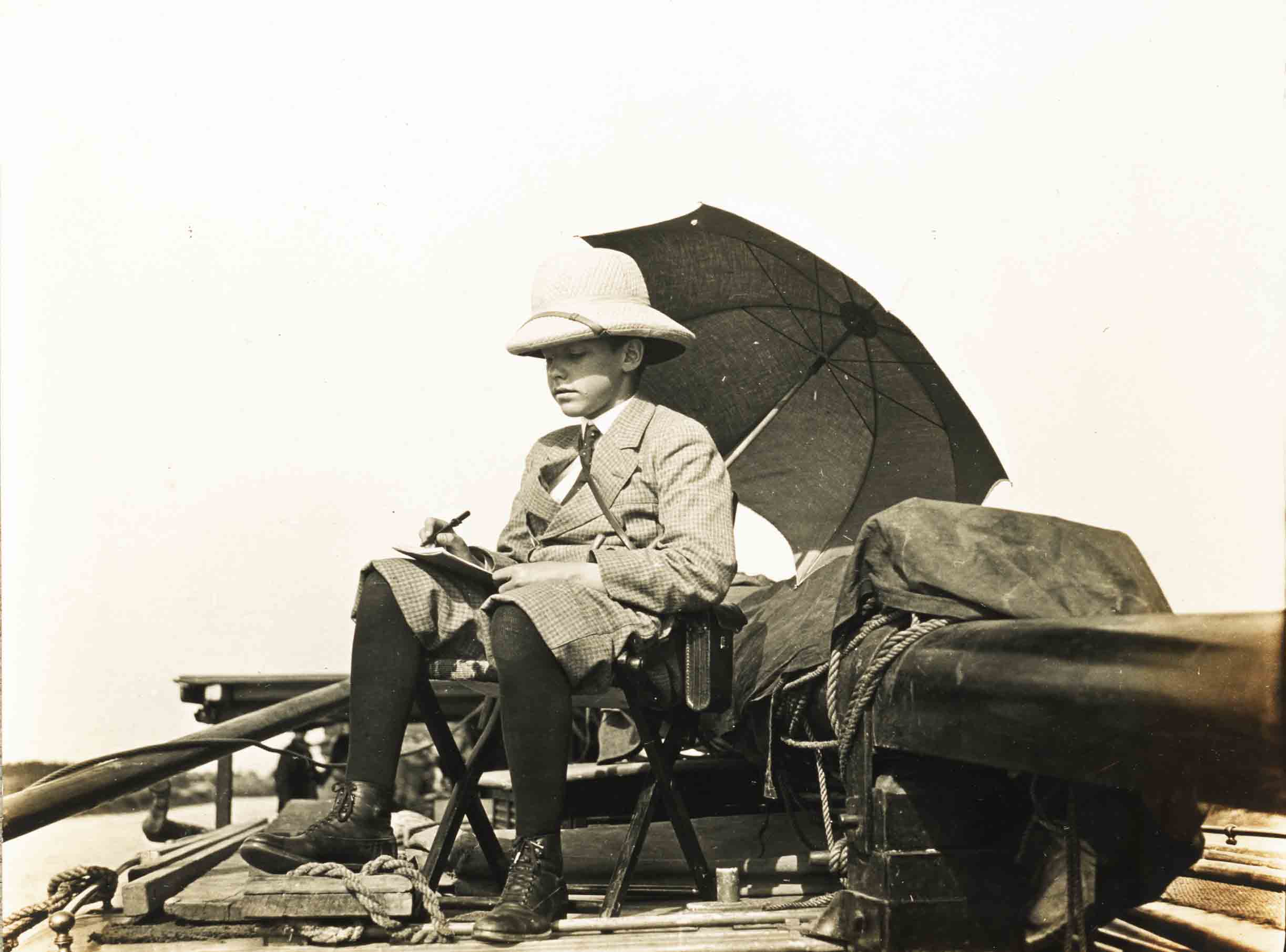
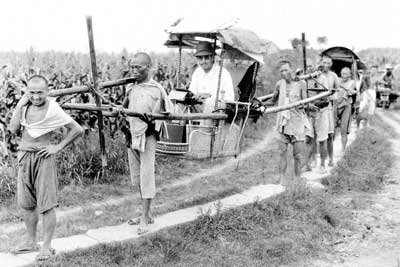

Dr. Main in Donkey Cart

Sidney Gamble, Men in boxcar ("Travelling Fourth Class"), China, 1917-1919. From the Sidney D. Gamble Photographs.

















